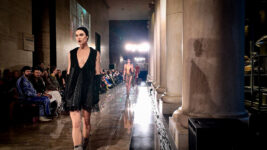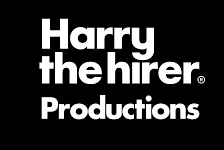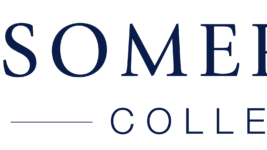VENUE
13 Feb 2024
PLAZA BALLROOM – ENTER THE MATRIX
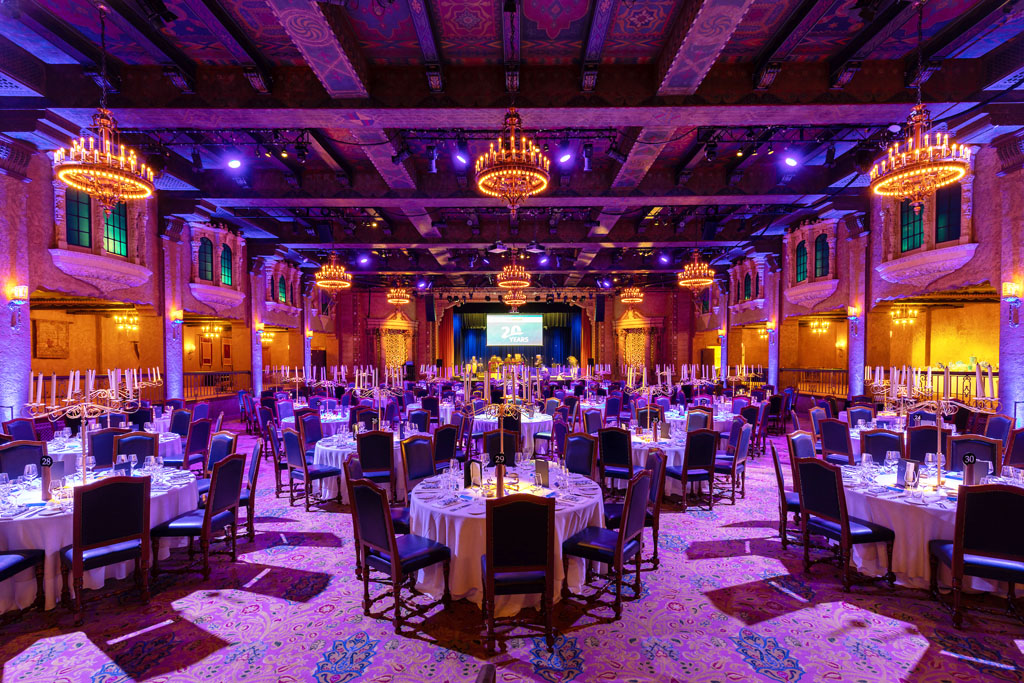
Subscribe to CX E-News
“Never send a human to do a machine’s job.”
When Bruce Johnston approached NAS Solutions with a refit of the Plaza Ballroom at the Regent Theatre in Melbourne, he requested multiple seemingly contradictory event scenarios. Dave Jacques was intrigued. Just how could they deliver an efficient package incorporating so many disparate and competing elements?
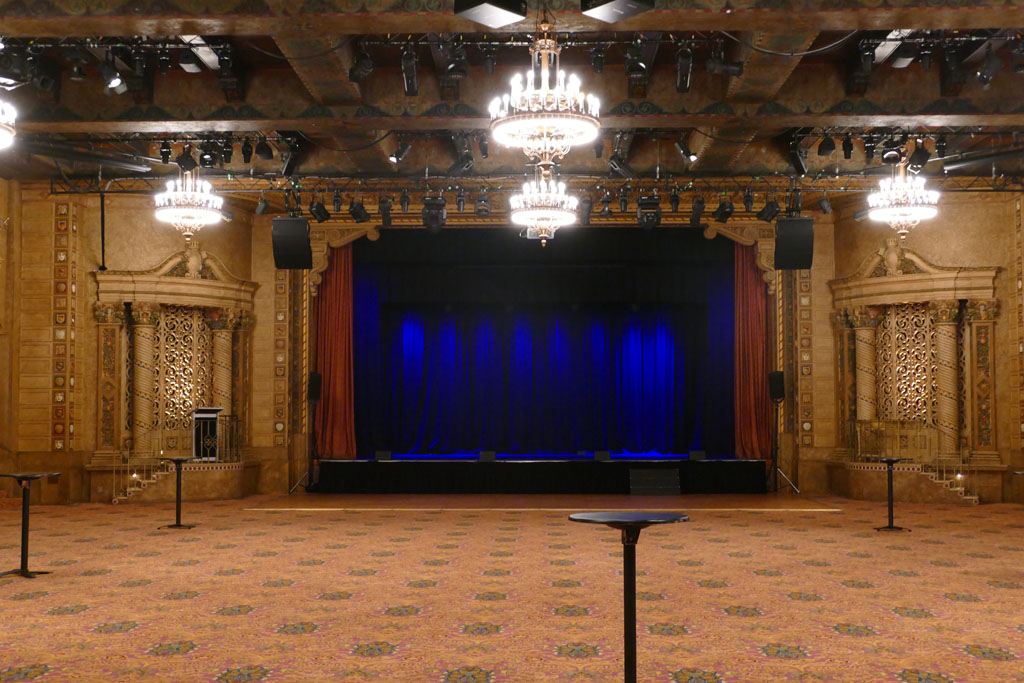
The first step was to look at the venue and its usages. According to Dave: “The Plaza Ballroom does a really wide variety of fairly high-end stuff, like expensive weddings and corporate functions.” Although the majority of the use-cases involve the end stage, “On any given show, it could be a band on the end stage, or it could be on one of the balconies to the sides; it could be middle of the auditorium; it could be all at the same time.” Add in clear speech reproduction across the main floor area, and you have a potential recipe for aural soup.
Johnston Audio have been involved with the Marriner Group for years, supplying PA solutions to many of their venues. Most of these are two dimensional, with performers behind speaker boxes at one end of the room and punters at the other. This is relatively easy to scope out. Adding another dimension increased the complexity of this solution.
They came up with a hybrid design that uses a main Left-Right system with subs, focussed around the stage, and some delays that go down the room. Underneath all of the side and rear undercrofts, they put individual point source delay speakers. This was rounded out by a ceiling grid system with all of the speakers facing down in the main central floor space.
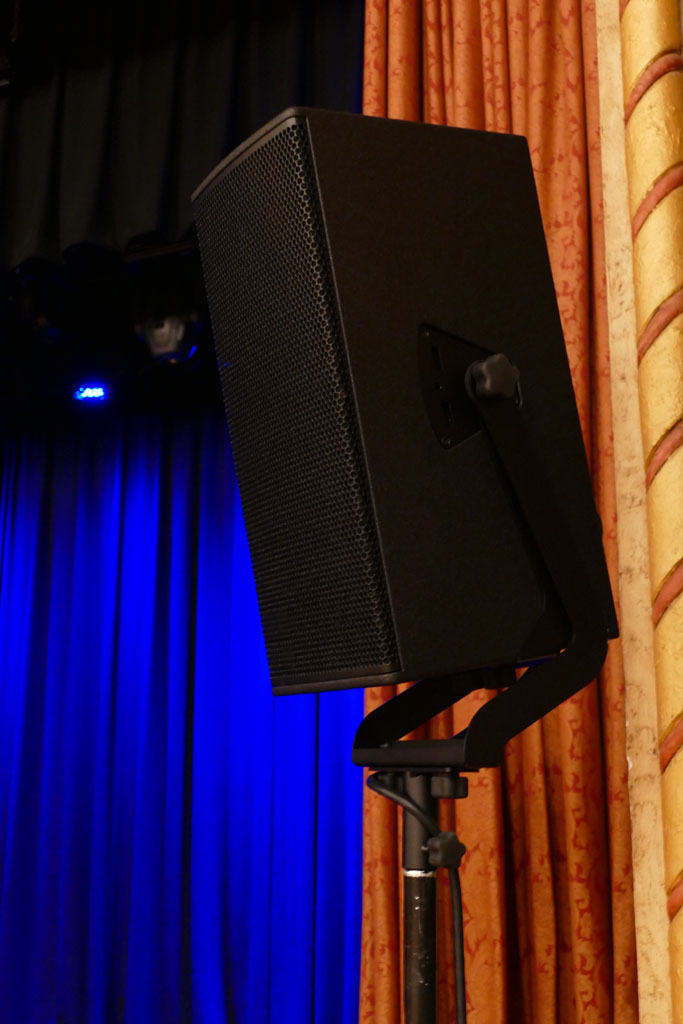
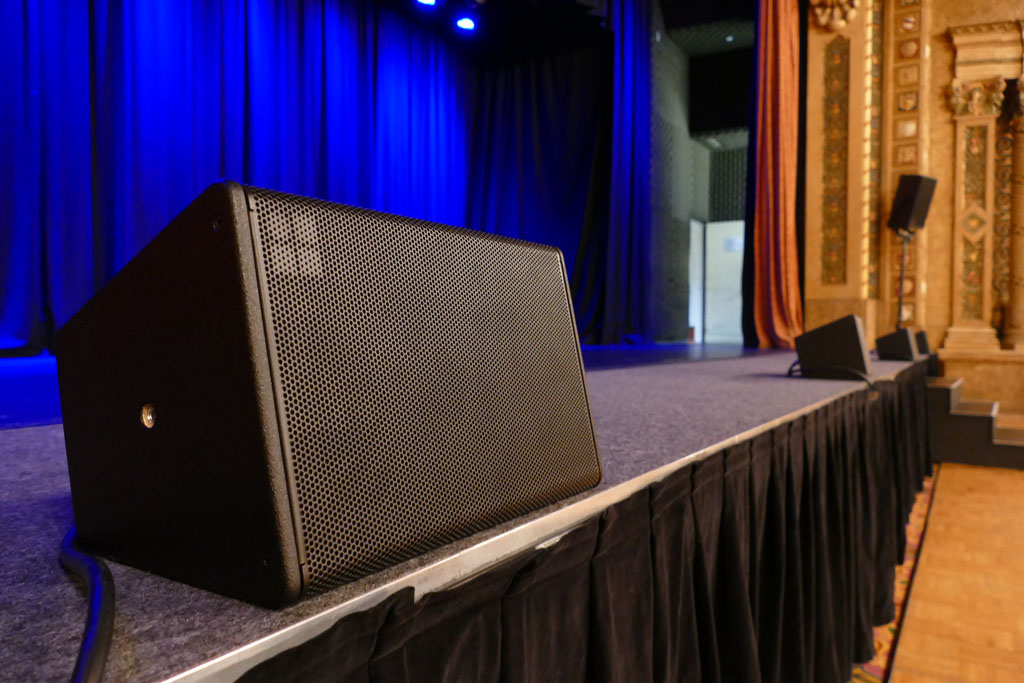
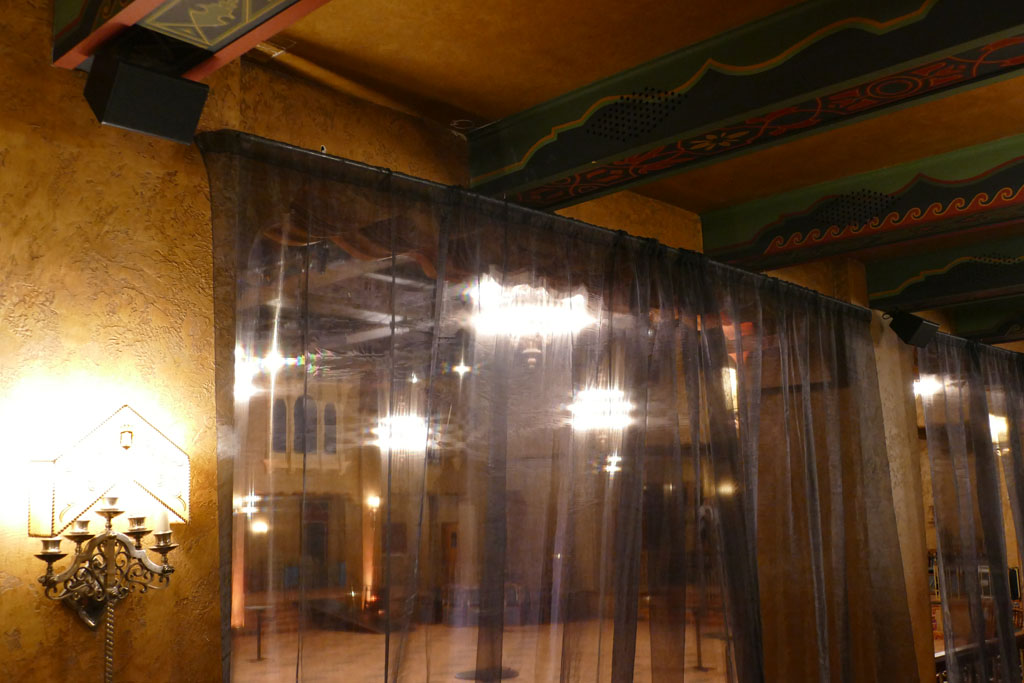
Dave explains that this configuration “allows us to have minimal overlap. For lectern work and stuff like that, you can pipe that into the grid system and it maintains a really even speech intelligibility over the whole floor. Adding to that, the thing that made it tricky was this idea of wanting to be able to have an MC on one diagonal corner, making announcements, throwing to a band at the other end. Then, having a video playback on one side wall. Doing this sort of stuff, what we needed was a way that we could direct the audio to follow what is going on in the room.”
Enter the Matrix
Soundscape from d&b produces some amazing aural positioning for sonic objects in a mix, but it is inherently designed to produce that in an immersive loudspeaker system.
However, its main processor, the DS100, is also an audio matrix, with 64 Dante channels in and 64 out. Dave went way outside the box and wondered if this matrix was the key to solving this intriguing audio puzzle.
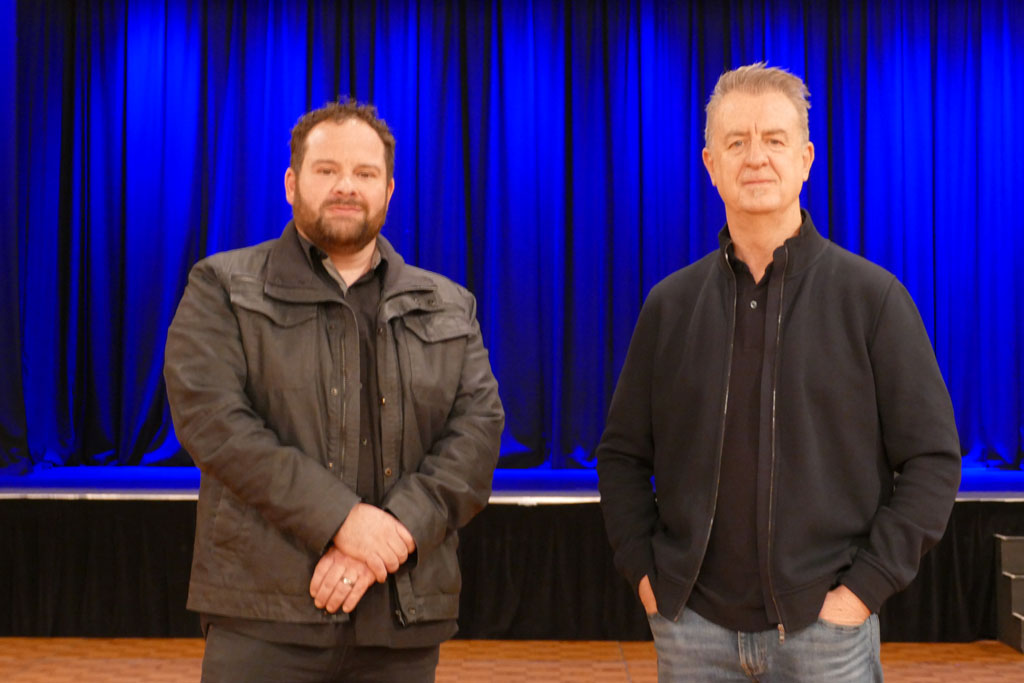
Discussions between Dave, Bruce and the Regent staff started with some serious head scratching but eventually resulted in an epiphany for Dave: “I thought: ‘hang on a minute – I could do that with a matrix. How many scenarios do we need?’” He sat down with their representatives and said: “’tell me all of the sources and locations for these sources that you are going to want.’ They came back with three or four stage positions – a centre one, a hard left one, a mid-venue left, venue rear and so on.” Then he asked: “how many locations for a lectern or a handheld mic?”
At this point they divided the whole room up into a grid and defined nine discrete positions for the lectern on the floor. “And we built each scenario around that. Then we put a lectern position in each of the corners on the side undercrofts.” Each input (stages, lecterns, video points) got assigned a scenario in the matrix. So, when something is plugged into a particular input, it automatically sounds like that is the point in the room that it is emanating from.
World first?
This red pill option could be a bit of a first. Normally a matrix just routes signal from A to Z, but by controlling levels and delay timings to effectively create crosspoints for each input, Dave has created a system design that allows each input to be aurally located in its actual physical position.
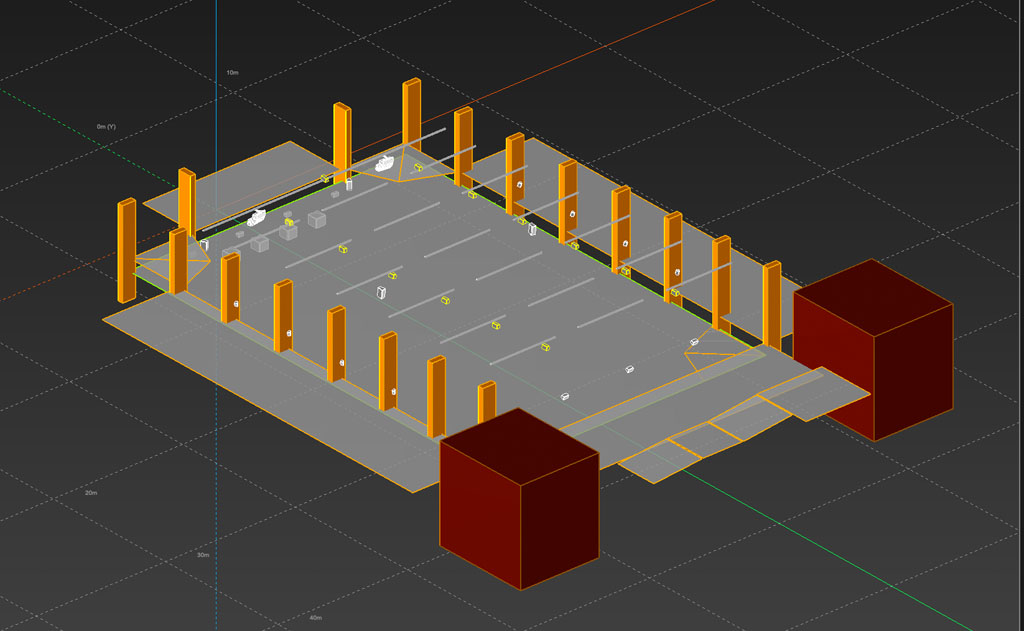
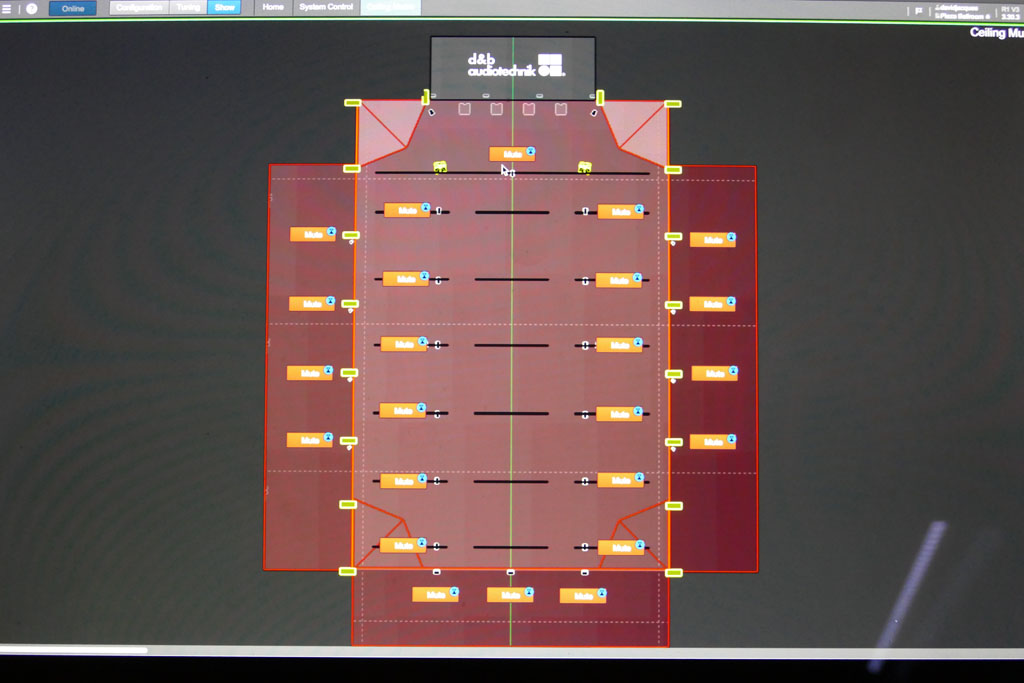
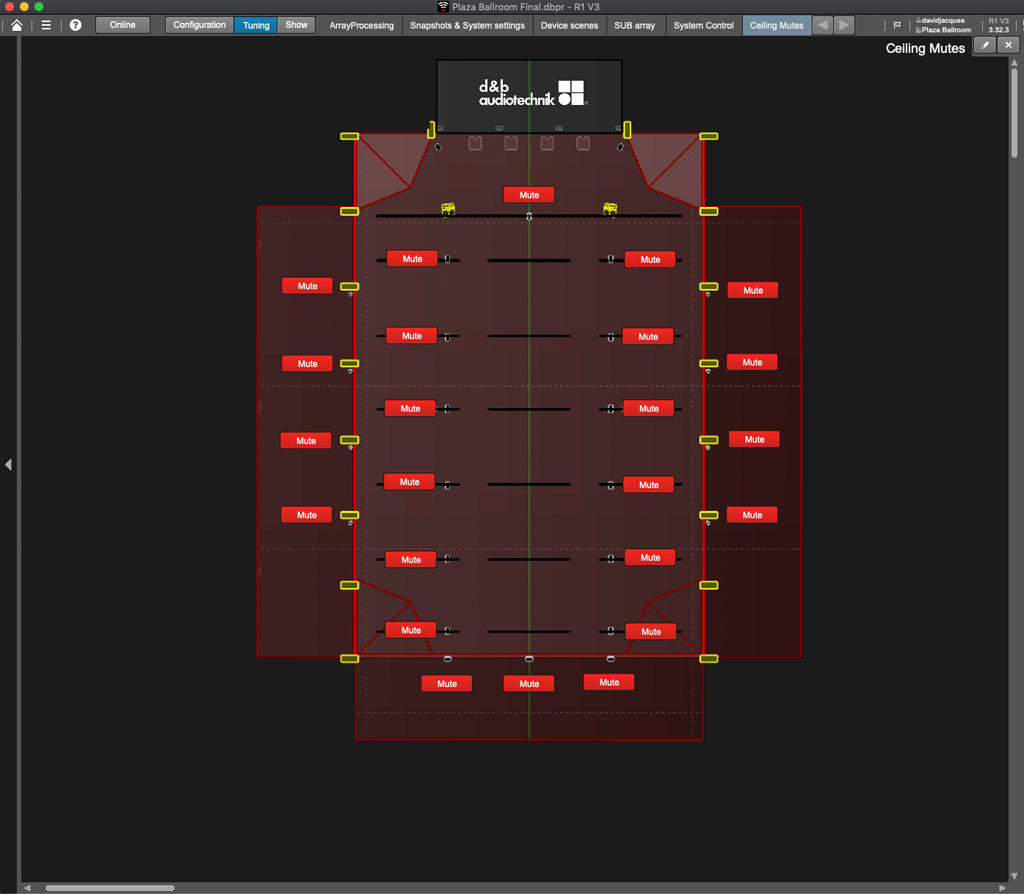
NAS’ clever application may well be unique. When CX asked if this approach had been taken before, Dave was not aware of anyone else having done things in this particular way. “Not exactly like this. I started off going down the path of designing this as a Soundscape system but what became clear is that what I can’t do is have this – when you’ve essentially got speakers pointing straight down, which was what was needed for lectern work – it’s never going to work convincingly as a Soundscape that way. Because, you can’t have accurate timing with the speaker sending both backwards and forwards. So, I went ok, I’d done it before just using a ceiling grid system, to add in a tiny bit of level with an appropriate delay as an extension of an existing main frontal system.” Plenty of operators may well have done that in the past on a 2D mix but using it to position objects in 3D is somewhat revolutionary.
Demo-ing part of the system was the deal- sealer. NAS brought in a main front Left-Right system and hung about half the ceiling with d&b E8s (the eventual choice for this role).
“We just hung it all up one day and had them walk around,” continues Dave. “Our crew turned on the lectern from the front of stage with zero EQ, just pushed the fader up (on the ceiling grid). And the clients were already impressed: ‘Well, that’s already about 6db more than we could ever get in here before. That sounds great.’ Then they listened to the main PA and were sold.” Since installed, “the good thing for them is they have just taken to it.” They then gave the best direct feedback that an installer can receive from a client user: “It just works. We turn it on and it’s so much easier than anything we’ve had to deal with before.”
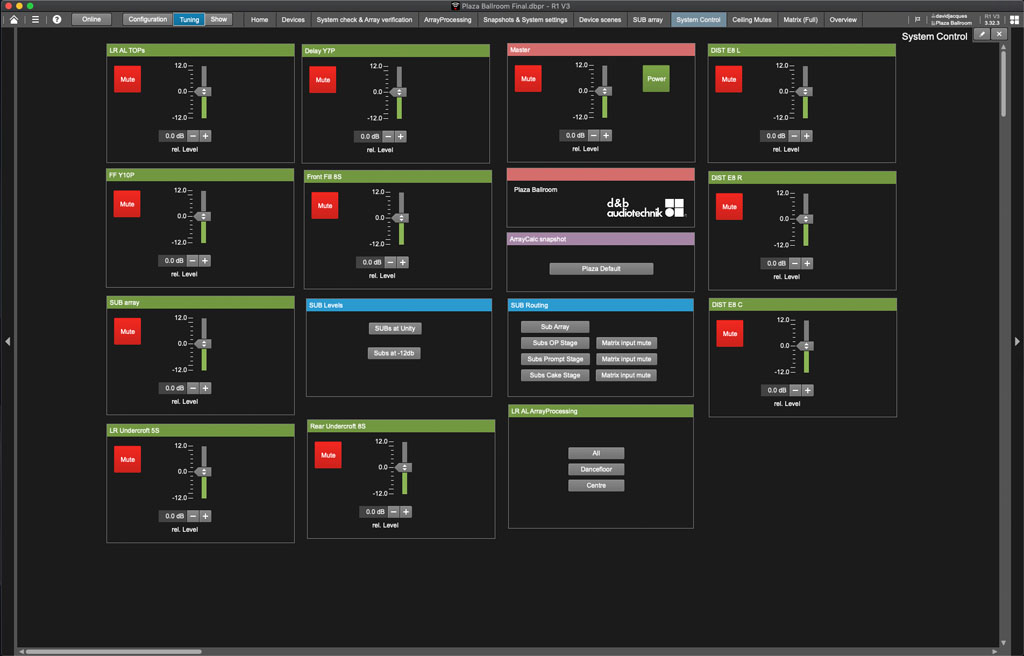
All these speakers doing so many functions could be a nightmare to program and commission, but Dave did much of the pre- processing in d&b’s ArrayCalc software, using the room’s symmetry to allow some copy, paste and coordinate reversals. Even so, it took two days to measure and calibrate each speaker location. This effort seems well worth it: “The net of it is you’ve got really good intelligibility; they use the ceiling grid (sometimes for background music); they use the performance system for things focussed that way; they use the portable speakers to do focus for other things.”
These are admirable goals, but the overall design is the real winner. “When you are standing in a room and you hear someone talk, if you actually hear the direction that the speaking is coming from, it makes a huge difference. If you put somebody in the corner, and that becomes the source, then everybody instantly turns around and looks at the person who is talking. This is what Soundscape does for us as well, but in this application, even though it’s not strictly Soundscape, the net result is much the same.”
All I’m offering is the truth. Nothing more.
The console chosen for this gig is a DiGiCo Quantum 335. It’s been set up so that operators just need to select the required source(s) and they are automatically patched to the correct output matrix. d&b’s R1 Remote software is used for turning the system on and off, but deeper functionality of this (or the DS100) is not required, given the level of automated routing and tuning already deployed.
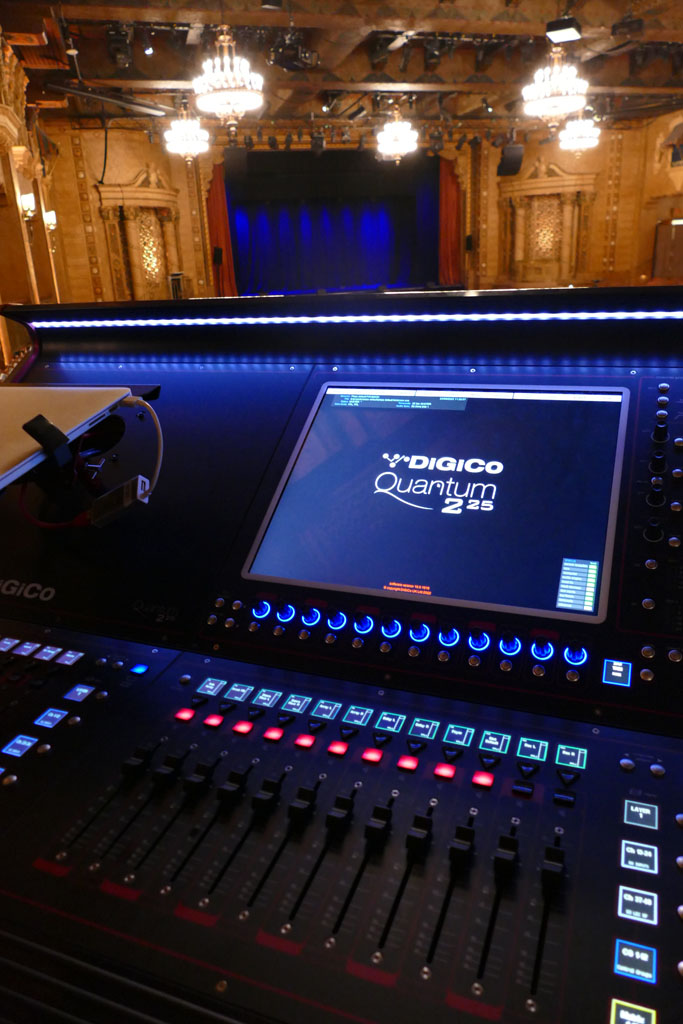
The whole design allows for incredible flexibility with room layout, particularly given how busy the space is, often turning around 2-3 times in a day. The DS100 also has guest console inputs. Dave explains how useful this can be: “If you get a guest that just wants Left- Right and don’t want to mess with anything else, then ‘there it is’. And you can just spin it up into all of the speakers as need be.”
Further versatility comes with speaker location. Clients can “take those Left-Right image speakers and a sub or two and walk them to any corner of the venue. Plug them in and if they put their signal in the correct input, then they all of a sudden get a Left-Right PA over in the other corner that then bleeds thru into all the fill speakers. They can have multiple things going on in multiple corners simultaneously and it works. They don’t have to switch anything – so they love it!”
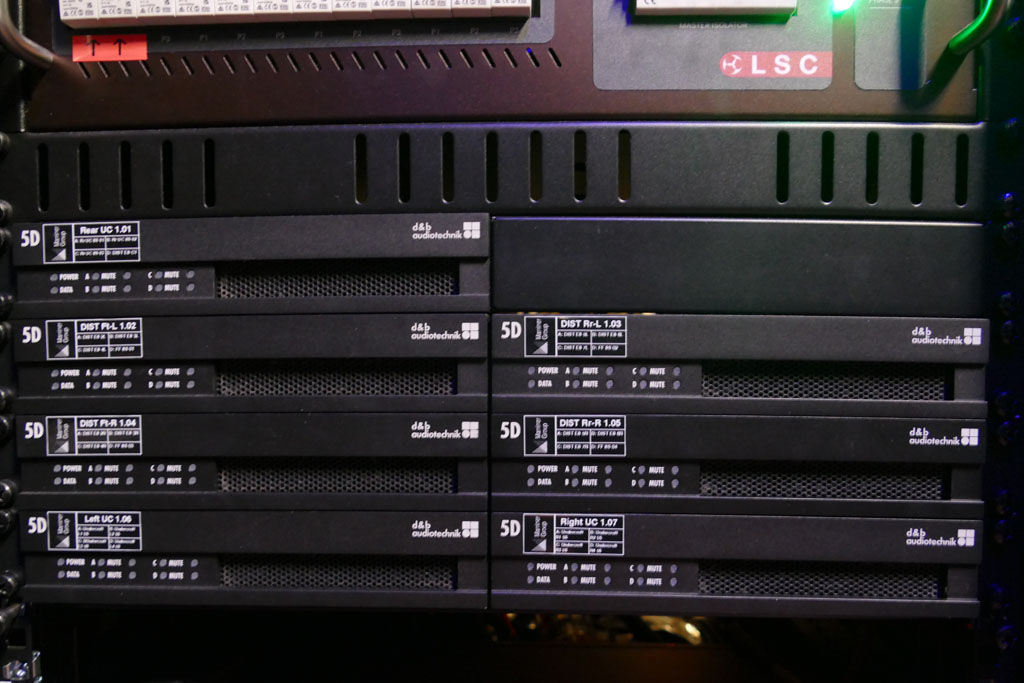
Morpheus should get the real last word: “Unfortunately, no one can be told what the Matrix is. You have to hear (see) it for yourself.”
The d&b Spec:
- Main Left-Right: 2 x ALi60 + 2 x ALi90 (per hang)
- L-R Image Fill: 2 x Y10P
- Subwoofers: 4 x V-GSUB
- Front Fills: 4 x 8S
- Undercroft delay 8 x 5S 3 x 8S
- Delays (rear floor): 2 x Y7P
- Ceiling distributed: 13 x E8
- Signal matrix: 1 x DS100 Signal Processor
- 1 x DS10 Dante Converter
- Amplifiers and Processing: 4 x 40D (arrays, subs and high powered point source),
- 8 x 5D (all fills and ceiling speakers)
- 8 x d&b M6 monitors for on stage
- Associated brackets, rigging & hardware
Subscribe
Published monthly since 1991, our famous AV industry magazine is free for download or pay for print. Subscribers also receive CX News, our free weekly email with the latest industry news and jobs.



